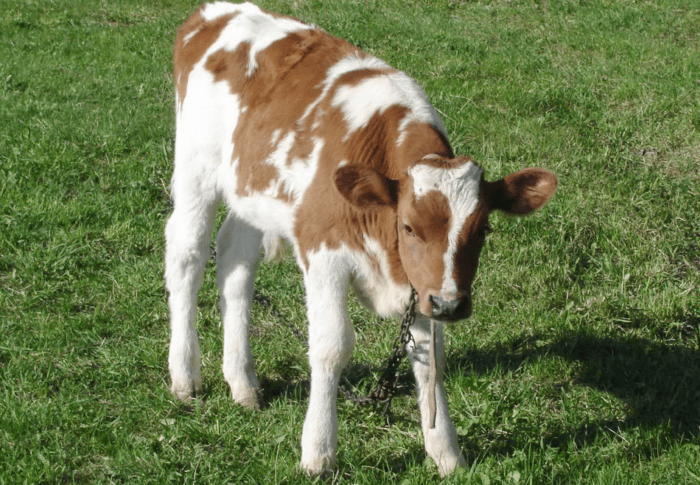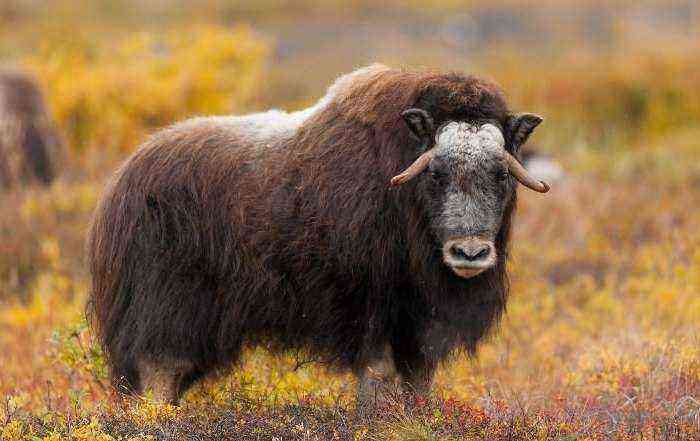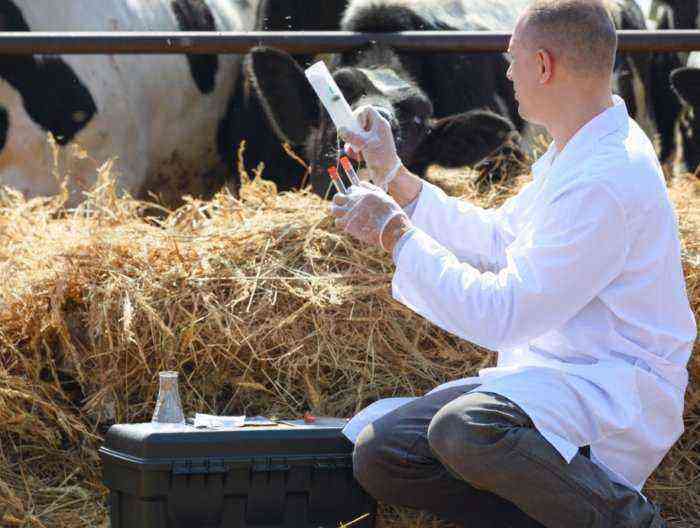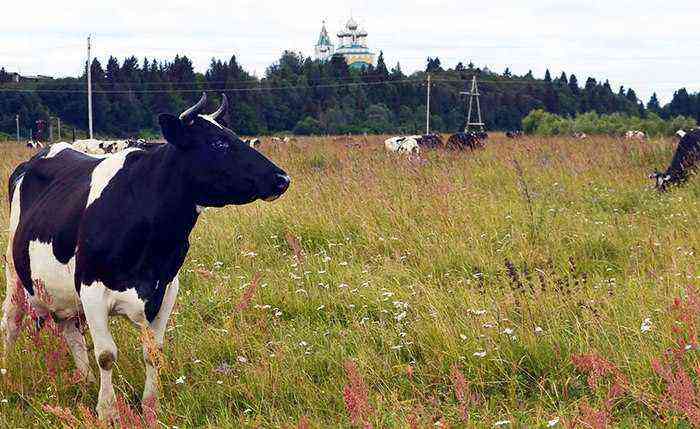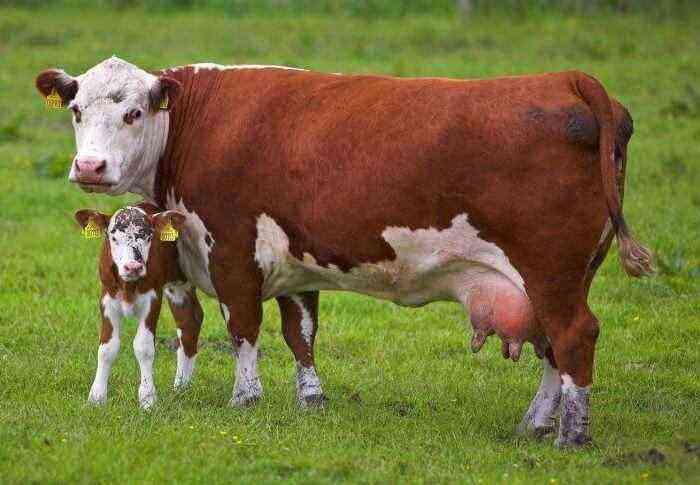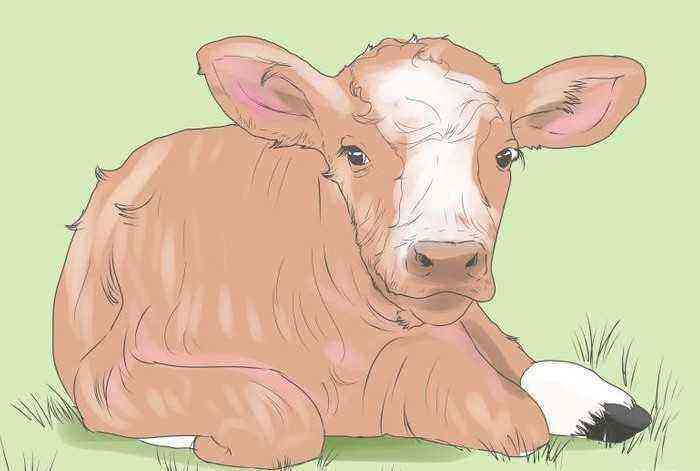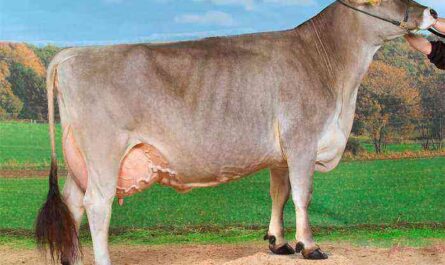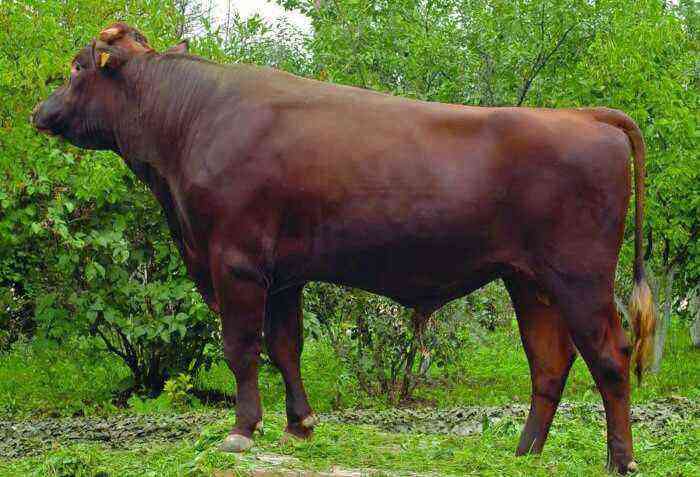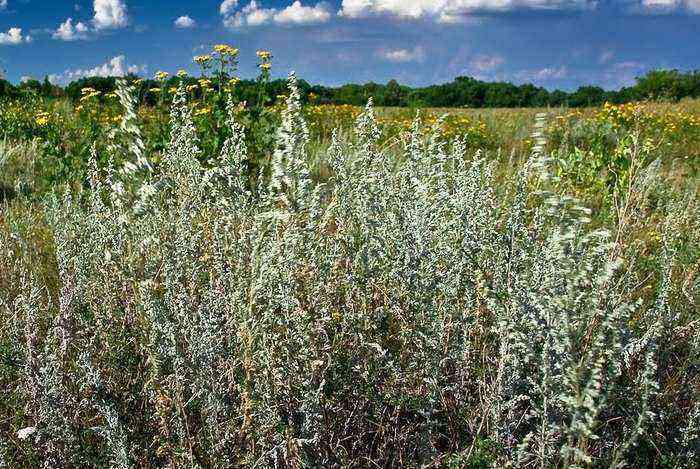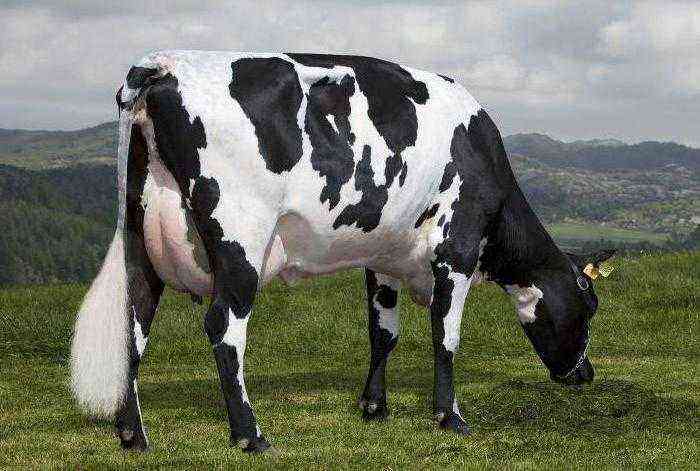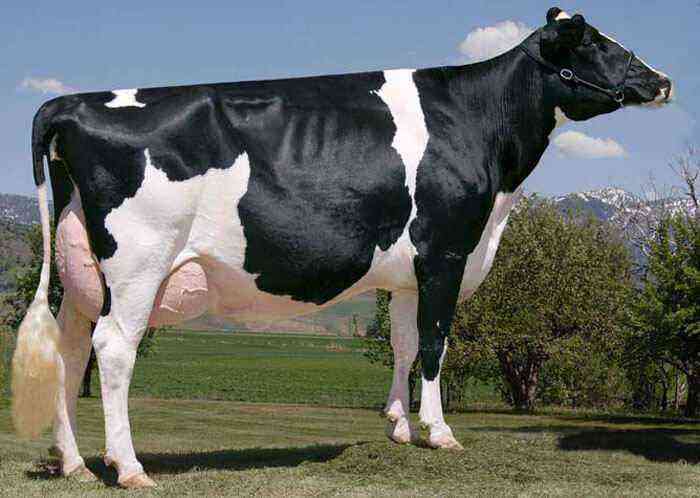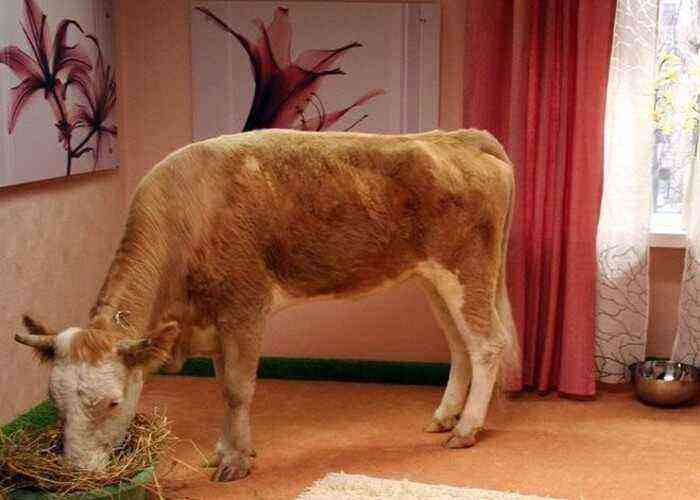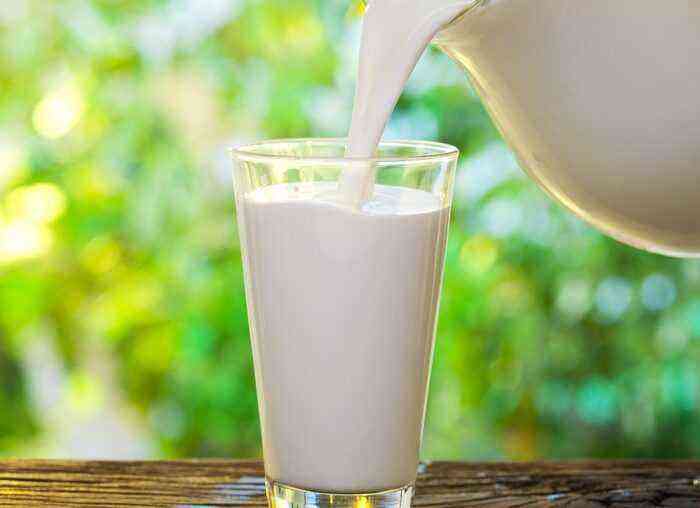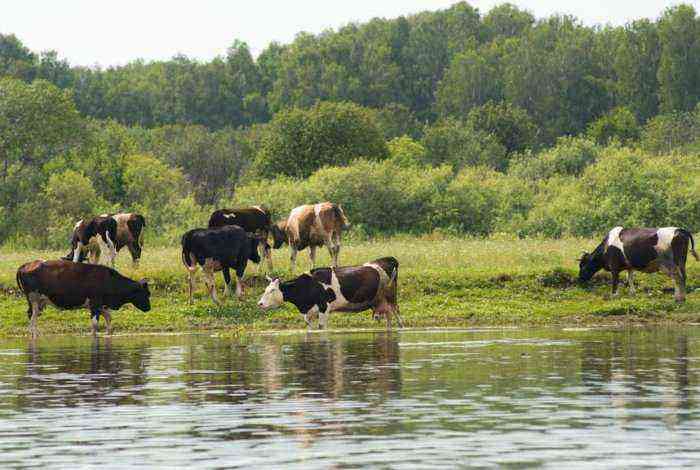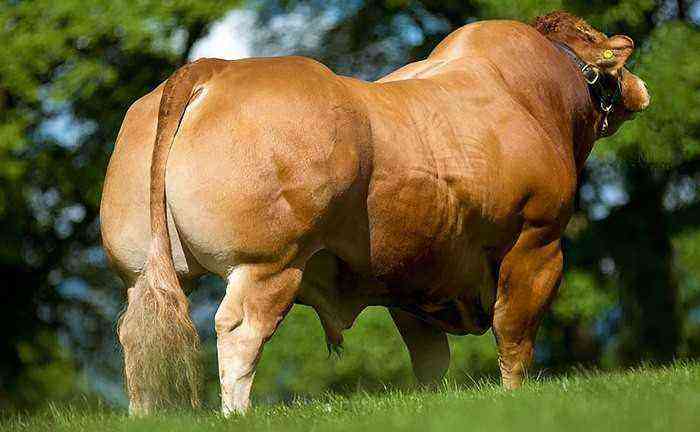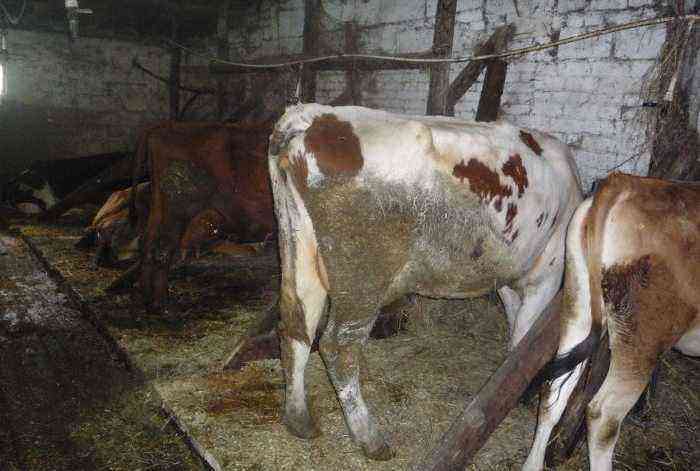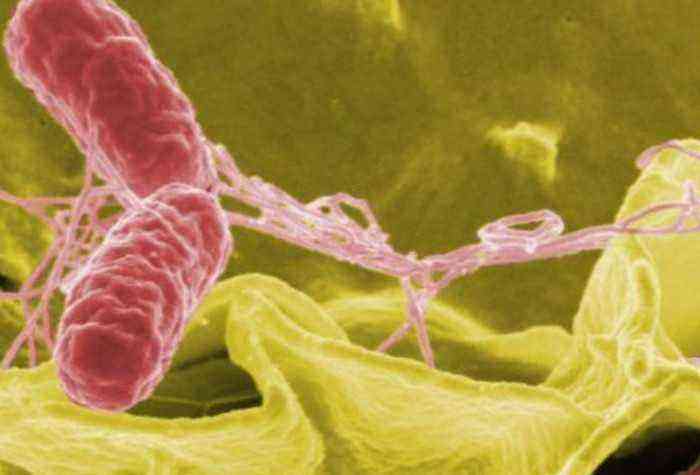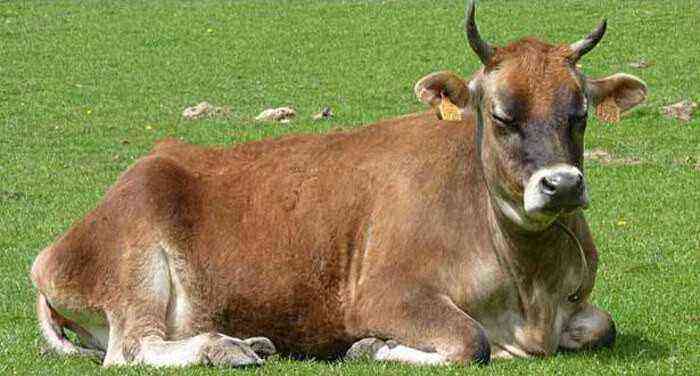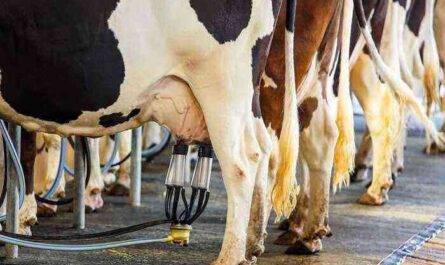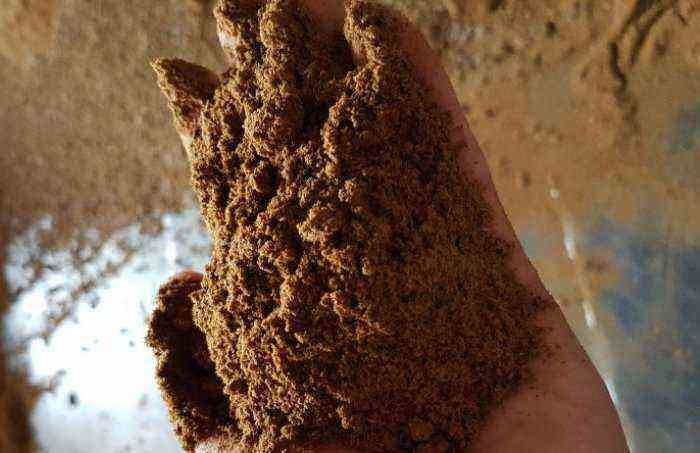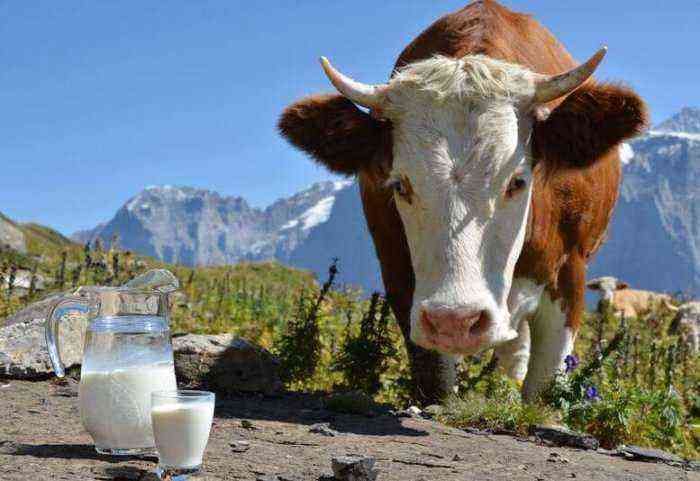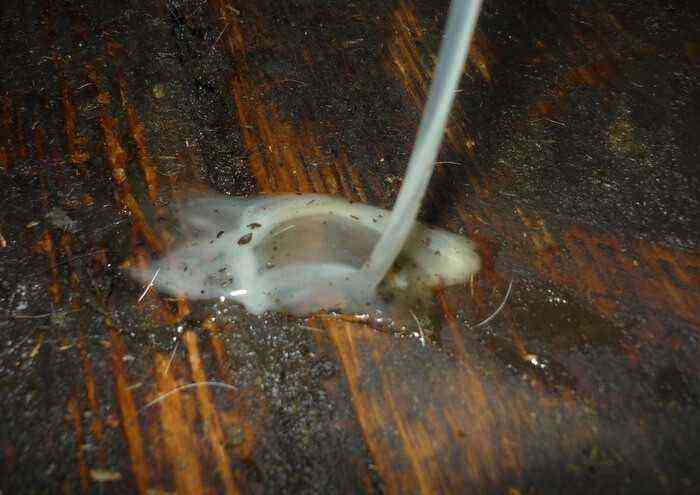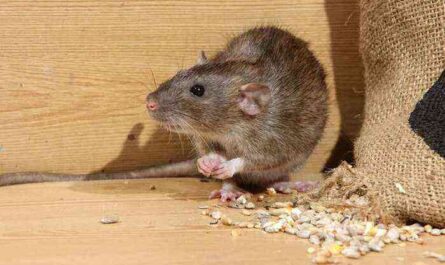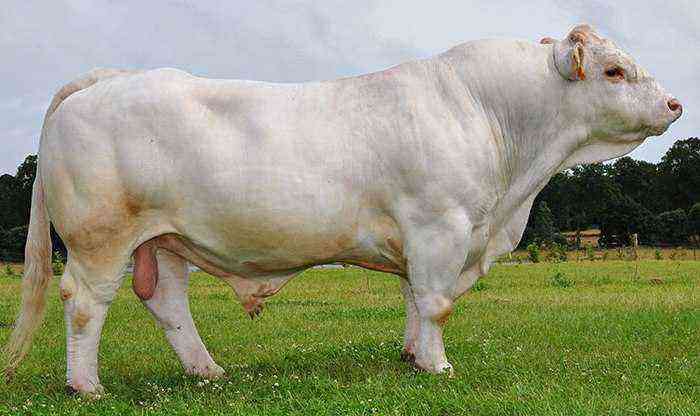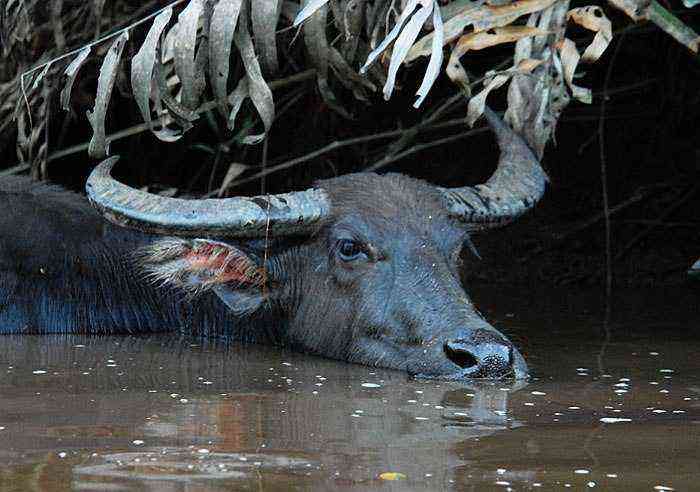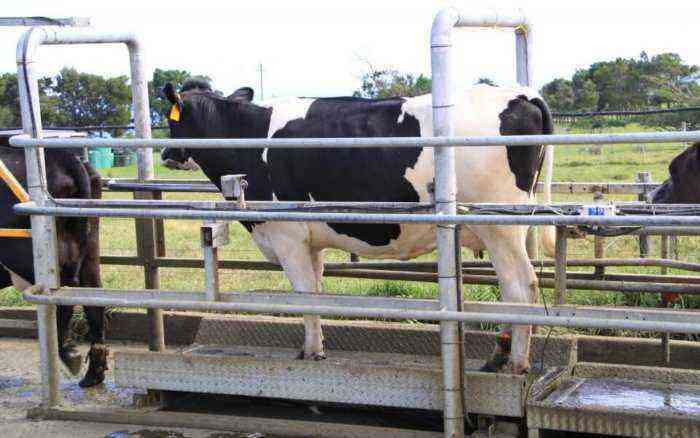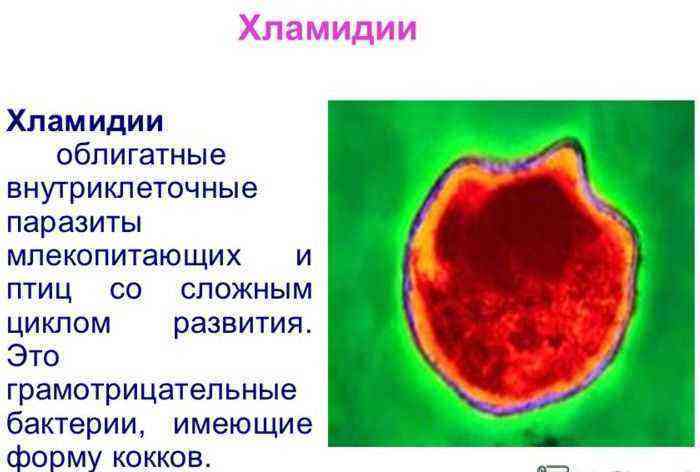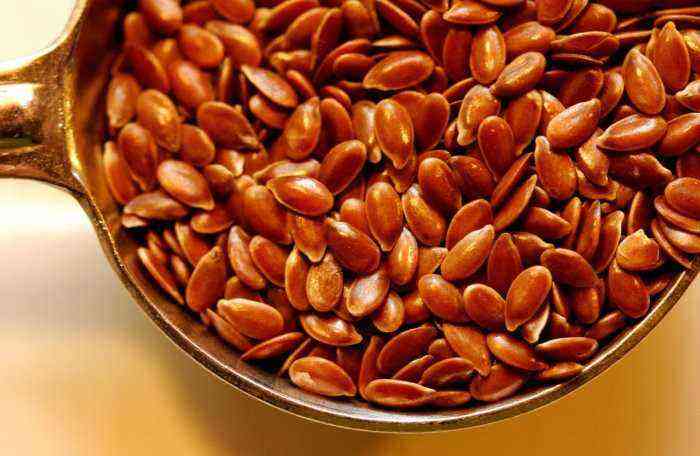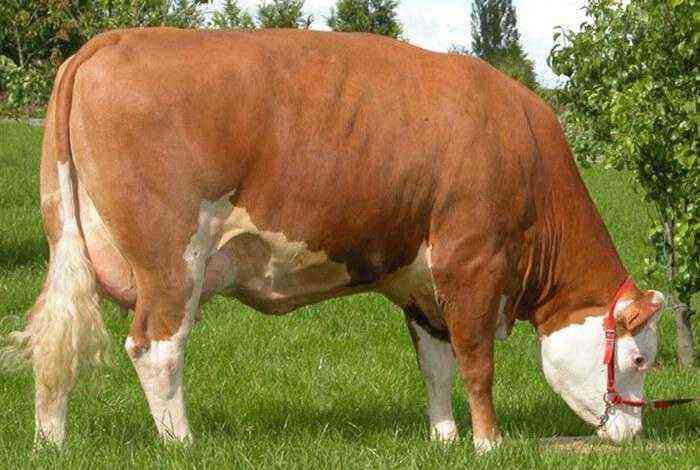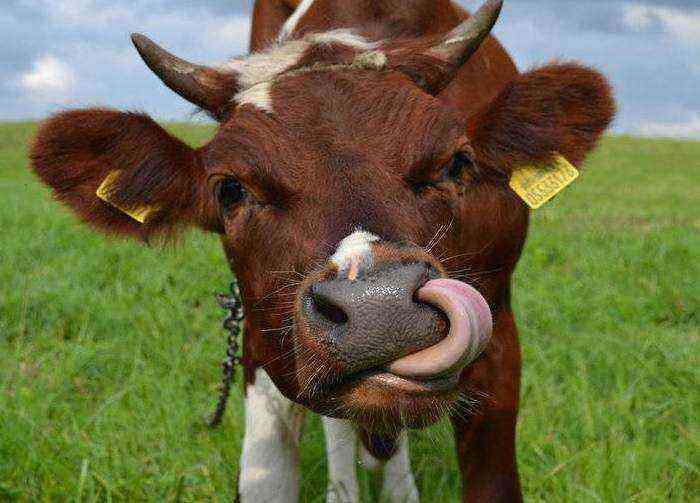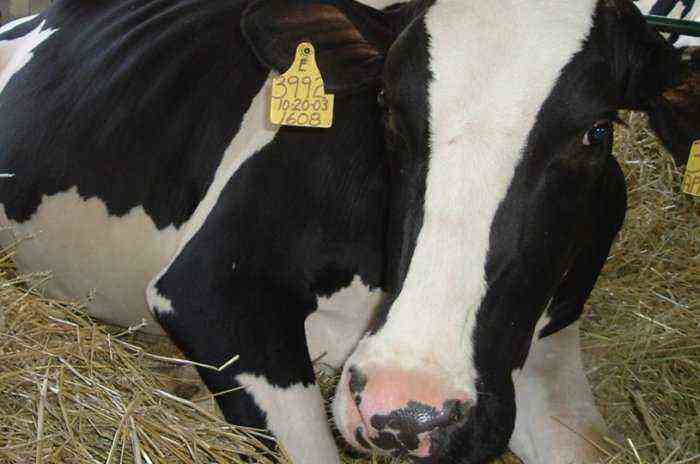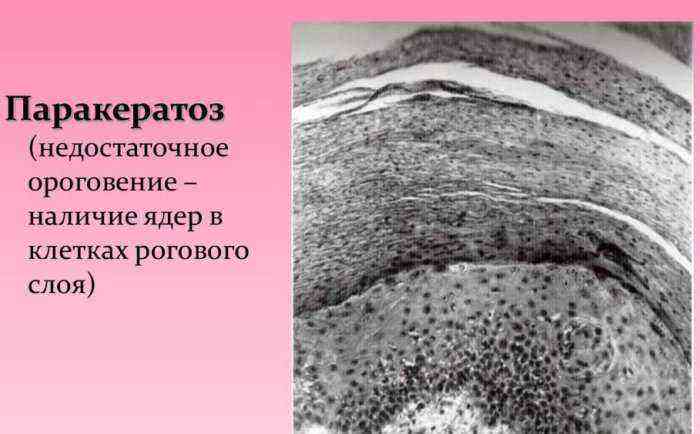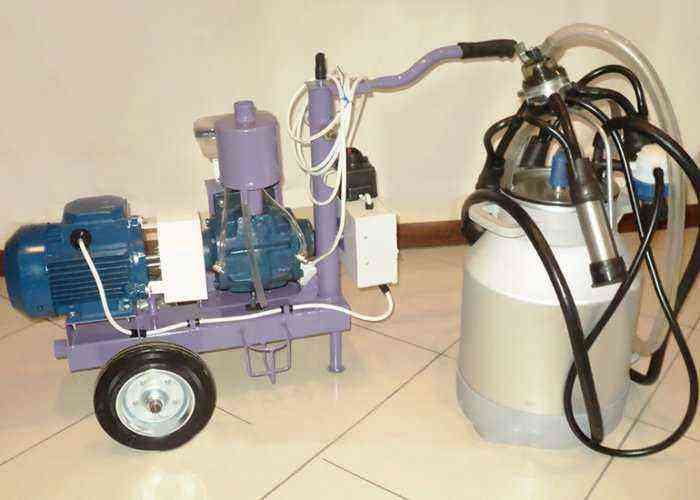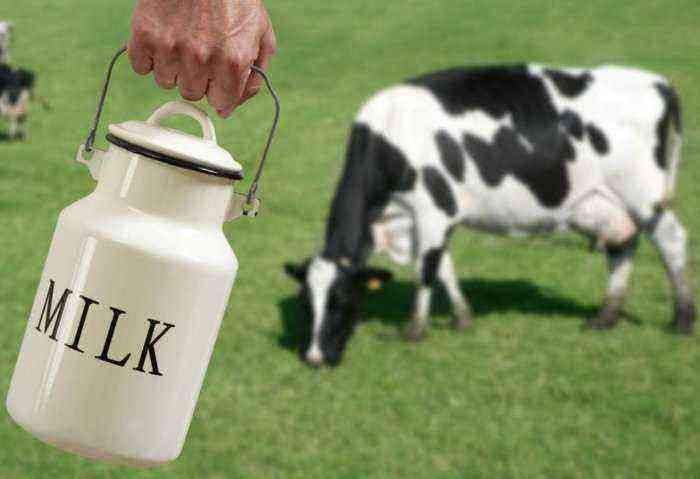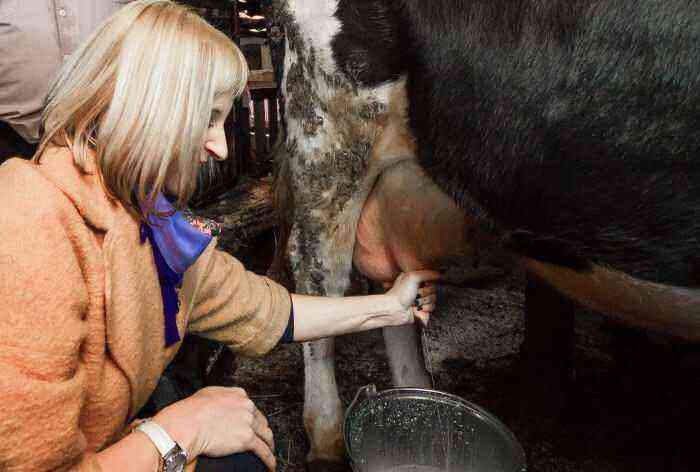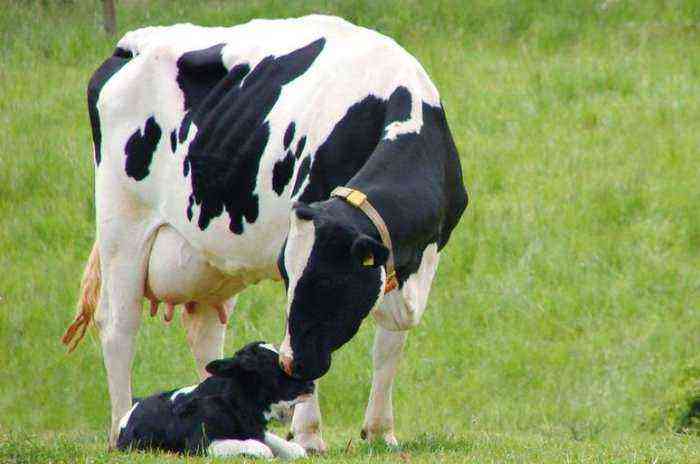Bovine ketosis is a metabolic disorder that causes weight loss and reproductive problems in cattle.
cow ketosis
It causes significant damage to farms, as it causes a decrease in milk production, an increase in mortality among born calves and a reduction in the use of cows.
REFERENCE. For the first time, ketosis in cattle was described at the beginning of the 20th century, but at that time the disease was diagnosed quite rarely. In the last 20-30 years, there has been a significant increase in cases of ketosis: among the livestock of factory, farmer and households, ketosis is diagnosed in 12-80% of the adult population. Often the disease is activated in the first months after calving, most often in individuals that have a high productivity in milk production.
What is ketosis, causes of the disease
Ketosis in cows is a failure in the carbohydrate, protein and fat balance, as a result of which there is an incomplete completion of the oxidative processes of butyric acid. In the body of a cow, ketone substances begin to accumulate, which include acetone, acetoacetic and beta-hydroxybutyric acid. In the most severe cases, animals show an increased concentration of ketone bodies in the blood, as well as the presence of ketone substances in the urine. This acute form of the disease can provoke:
- reduction in the weight of cattle;
- increased risk of abortion;
- increase in the number of stillborn offspring;
- reduction of the period of high milk production.

Reducing the period of high milk production
The main reasons for the appearance of ketosis include unbalanced nutrition and disruption of the endocrine system. The disease is widespread in farms where animals are fed with silage, cake, spoiled feed, affected by mold. In the diet of animals, there is a shortage of carbohydrates, while protein foods come in excess. At the cellular level, such a diet, together with disturbances in the functioning of internal organs, leads to a decrease in sugar levels and a decrease in the alkaline reserve in the blood. Cows that have diseases of the reproductive system or proventriculus are more prone to manifestations of ketosis.
Another serious threat posed by ketosis is hypoglycemia. Carbohydrate deficiency contributes to the overuse of glycogen available in the liver, which worsens the general condition of cattle.
Symptoms and Diagnosis of Ketosis
Very often, the disease affects cows aged 4 to 7 years. Depending on the nature of the course of the disease, an acute and chronic form is diagnosed:
- Acute ketosis occurs in the form of acetonemia, which is manifested by nervous disorders of varying intensity. The animal reacts strongly to external stimuli, becomes shy, often licks the skin, grinds its teeth, trembles, constantly chews. The phase of hyperactivity is subsequently replaced by depression. Acute ketosis is also characterized by indigestion, poor sleep, reduced skin elasticity, icterus of the mucous membranes and skin, enlarged liver, weak arrhythmic pulse, thick stools with rare defecation. The animal smells of acetone from the mouth. An animal’s milk can also have a similar smell.
- In the chronic course of the disease, the animal is lethargic, has a reduced appetite, degenerative changes in the liver and heart muscle. Also, the diagnosis reveals ketonuria and ketonolactia.
The disease is characterized by a disorder of sexual functions, the appearance of ovarian cysts, retention of the placenta. All this negatively affects the reproducibility of livestock.
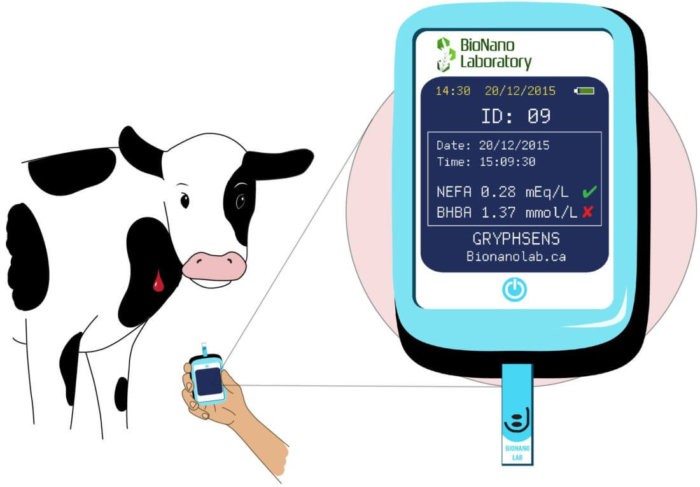
Diagnosis of the disease
For the diagnosis of ketosis in veterinary medicine, complex methods are used, which consist of a general assessment of clinical symptoms, laboratory tests of blood, urine and milk. The main research method involves the use of the Lestarde reagent, which allows you to identify ketone bodies in cow’s milk and urine. If, when the reagent is added to milk, it acquires a purple color, it means that a significant amount of ketone bodies is present in it.
Treatment and prevention of the disease
Treatment of ketosis in cows involves a number of measures that must be taken immediately after the disease is detected. The complex of treatment includes the following actions:
- exclusion from the diet of feed concentrates, acidic components;
- increase in the share of fresh grass, selected hay, vegetables in the diet of cattle;
- intravenous injections of novocaine at a dosage of 0,25 g of the drug per 100 kilograms of live weight (dissolved in 20% glucose);
- intravenous injection of 3% sodium bicarbonate at a dosage of 200 to 250 ml or 80 to 120 g of solution per day with water for drinking;
- a mixture according to I. G. Sharabrin and M. Kh. Shaykhamanov in a volume of 1,5-2 liters intraperitoneally;
- adrenocorticotropic hormone at a dosage of 150 units. intramuscularly together with intravenous injections of 40% glucose solution;
- oxytocin at a dosage of 40 units.
Timely prevention of ketosis avoids the economic losses associated with the disease. The main measure for this is a full-fledged feeding: the diet should be balanced proteins, fats and carbohydrates from food. It is especially important to follow the recommendations of veterinarians when keeping pregnant individuals.
